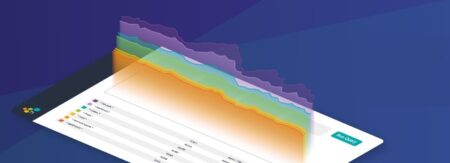The Cisco Observability Platform features new functionality. Enterprises now have access to new Digital Experience Monitoring (DEM) and extended Berkeley Packets Filters (eBPF).
The update introduces an updated DEM application on the Cisco Observability Platform. Within this application, real user monitoring and session replay features are available. These features provide browser and application performance insight and help troubleshoot session-level issues. The update is suitable for organizations where cloud-native application development is widely used.
In addition, organizations where cloud-native plays a role can benefit from new integrations with Cisco ThousandEyes and Cisco Accedian. These integrations provide insight into the causes of any problems. Causes can be application infrastructure as well as network or cloud infrastructure.
Kubernetes
The Cisco Observability Platform now also provides additional capabilities for Kubernetes workloads. This is made possible by using the lightweight Linux kernel utility eBPF. “Operating at the kernel level allows operators access to granular visibility into network activity, resource utilization, application dependencies and misconfigurations impacting network performance, without the need for multiple tools, cross-team collaboration and manual dependency mapping,” Cisco explained.
The update for the Cisco Observability Platform will take centre stage at the Cisco Live conference in Amsterdam. There, Cisco will also announce that it wants to achieve more uniformity across its observability offerings, particularly for AppDynamics and the Observability Platform. “The unified observability experience arms operators with capabilities including Log Analytics, to search with context and improved log storage; and Core Web Vitals, providing front-end application owners the golden signals to keep their web pages from being de-ranked for poor user experience,” Cisco said.
Tip: Cisco and Nvidia build Ethernet-based AI infrastructure



















